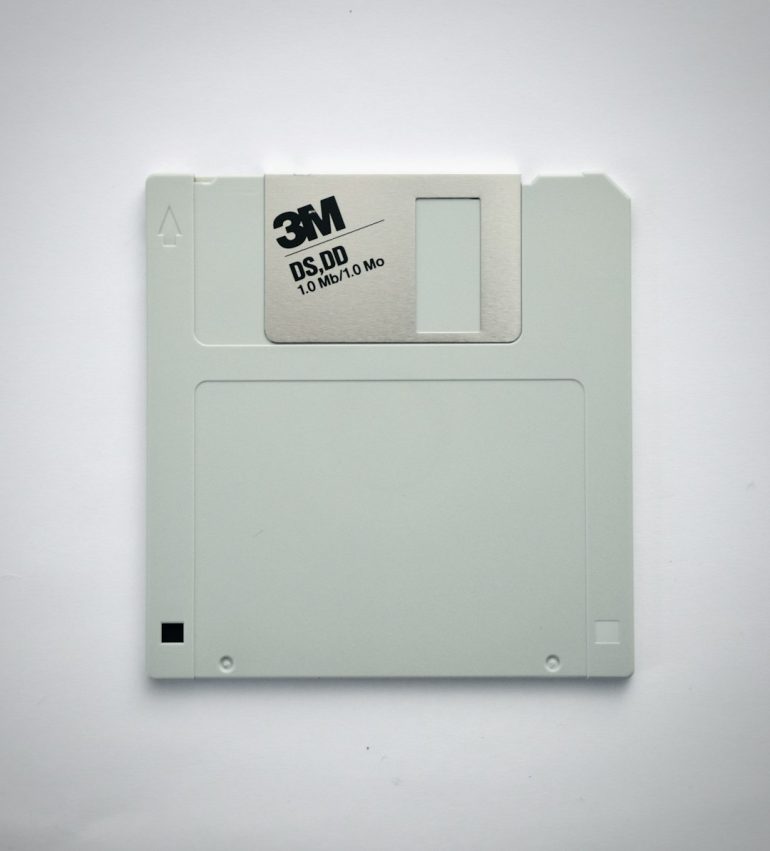The 6 Best Link in Bio Tools in 2025
With the rise of social media and the ever-expanding creator economy, maximizing the value of a single link in a bio has become more important than ever. For influencers, entrepreneurs, and brands alike, the “link in bio” has evolved into a powerful marketing tool to direct followers to the right destinations—whether that’s an online store, video content, newsletter signup, or a mix of all three. As we head into 2025, a new generation of link in bio tools is offering enhanced customization, better analytics, and features that empower users to create immersive micro-landing pages directly from their bios.
Here’s a breakdown of the six best link in bio tools in 2025 that are redefining how people connect through platforms like Instagram, TikTok, and YouTube.
1. Linktree
Table of Contents
Linktree remains one of the most recognized players in the space. Launched in 2016, it has continuously evolved, and in 2025, it offers a sleek interface, brand customization, and detailed analytics.
- Pros: Easy to set up, integrations with Shopify, Mailchimp, and YouTube
- Cons: Free plan includes Linktree branding
Linktree’s strength lies in its simplicity while still offering premium users the tools they need to track click-through rates and optimize conversion paths. Their 2025 update includes AI-driven suggestions for content and dynamic links that change based on the time of day.

2. Beacons
Beacons has carved out a niche among content creators by providing tools uniquely catered to influencers and small business owners. In 2025, the platform features an AI assistant that helps users decide which links and content types to highlight based on visitor behavior.
- Pros: Personalized recommendations, video embedding, and integrated tipping/donations
- Cons: Limited templates for layout customization
It’s a top choice for those who monetize personal brands via platforms like Patreon, Ko-fi, and YouTube Memberships. The monetization options and smart recommendations are especially helpful for creators looking to earn passively from their audience.
3. Koji
Koji stands out because it’s more than just a link in bio tool—it’s a platform for mini-apps. In 2025, it allows users to embed apps directly into their bio landing pages, such as tip jars, quizzes, product stores, and even mini-games.
- Pros: Immense customization, interactive experiences, direct monetization
- Cons: Complex UI for first-time users
For creators looking to provide an interactive and memorable user experience, Koji is a highly creative solution. Its versatility makes it a go-to for those wanting to stand out in a sea of standard bio links.
4. Stan Store
Built specifically for creators who sell digital products, courses, or coaching packages, Stan Store has rapidly grown in 2025 as an all-in-one bio-commerce platform. It’s not just about directing traffic—it’s about converting that traffic into income.
- Pros: Course and product hosting, booking systems, payment processing
- Cons: Heavier monthly subscription cost compared to competitors
With drag-and-drop builders and integrated sales analytics, Stan Store turns your bio into a storefront with the feel of a full e-commerce platform, minus the technical headaches.

5. Link in Profile
Link in Profile is perfect for Instagram-focused users. Instead of creating a separate landing page, this tool adds clickable links to specific Instagram posts that you choose, and the tool creates a feed-style landing page with active links.
- Pros: Direct integration with Instagram, great for bloggers and affiliates
- Cons: Less suited for non-Instagram platforms
Its minimal, media-heavy approach makes it popular with photographers, travel bloggers, and lifestyle influencers who want to give specific posts more mileage without cluttering their captions with multiple “link in bio” references.
6. Bio.fm
Bio.fm allows users to build bio landing pages using flexible content blocks. Think of it like building a mini-website with blocks for YouTube videos, tweets, Spotify playlists, polls, and more.
- Pros: Unique block-based design, strong embed support
- Cons: Custom domain support only on premium tiers
As personalization becomes more important, Bio.fm shines by letting users shape their page around different content types, creating a visually engaging and interactive experience that mimics a user-friendly microsite.
Conclusion
In 2025, the best link in bio tools go far beyond simply aggregating links. They are now platforms that empower creators, influencers, and entrepreneurs to build fully-fledged digital storefronts, content hubs, and marketing ecosystems. Whether you’re looking for immersive content pages, monetization features, or seamless integrations, there’s a platform suited for your specific goals.
As social media users become more savvy and demand richer experiences, these tools will only continue to innovate. Choosing the right one will depend on your content strategy, audience demographics, and monetization goals.
Frequently Asked Questions (FAQs)
1. What is a link in bio tool?
A link in bio tool allows users to place a single link on platforms like Instagram or TikTok, which then leads to a customized landing page containing multiple links or embedded content. This is especially useful because many social platforms limit users to only one bio link.
2. Can I use these tools for free?
Most link in bio platforms offer free plans with limited features, such as branding or reduced analytics. Premium tiers usually unlock more customization, analytics, and advanced tools.
3. Which link in bio tool is best for selling digital products?
Stan Store is ideal for creators who want to sell digital products or courses, as it includes product hosting, checkout systems, and sales tracking built-in.
4. Are link in bio tools mobile-friendly?
Yes, all mainstream link in bio platforms are mobile-optimized, ensuring a seamless experience for viewers accessing your page through social media apps.
5. Do I need a website if I use a link in bio tool?
Not necessarily. Many creators and entrepreneurs use link in bio tools as their standalone web presence, especially when just starting out or focusing on social-first strategies.
6. Can I switch platforms later?
Yes, most platforms allow you to export your links and content setup, but some manual reconfiguration may be needed. It’s a good idea to choose a platform that grows with your needs to minimize switching later.






